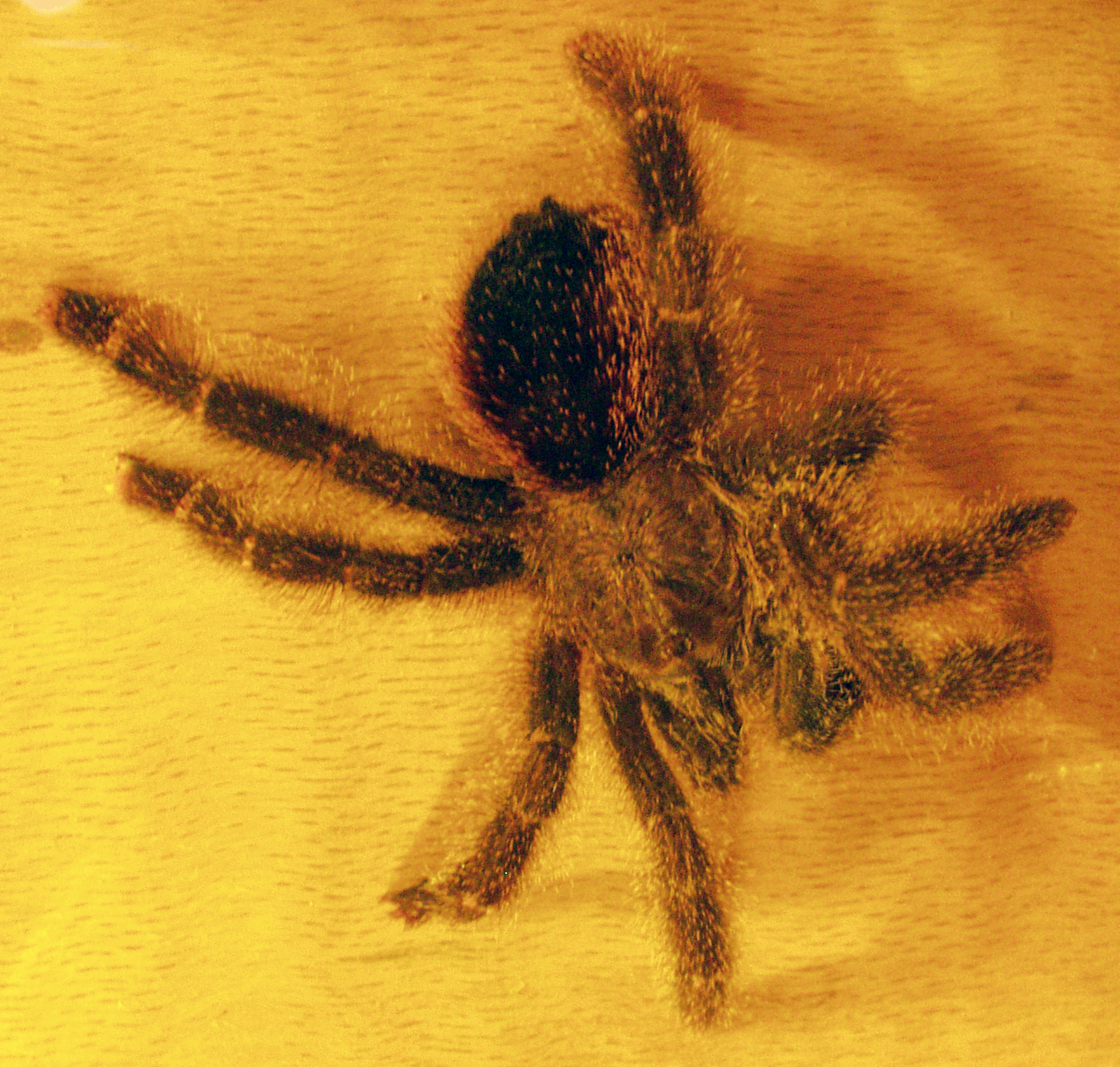- Avicularia bicegoi
Taxobox
name = Avicularia bicegoi

regnum =Animal ia
phylum =Arthropod a
classis =Arachnid a
ordo = Araneae
subordo =Mygalomorphae
familia =Theraphosidae
subfamilia =Aviculariinae
genus = "Avicularia "
species = "A. bicegoi"
binomial = "Avicularia bicegoi"
binomial_authority = (Mello-Leitão, 1923)
range_
range_map_width = 250pxAvicularia bicegoi is a species of large
tarantula s of the genus "Avicularia ". Thesespider s may be frightening in appearance due to their large size (body length in excess of 2 inches, i.e., 5 cm.), but they share the pacific behavioral traits of most of the Avicularia species. In general, they bite prey and rely on theirurticating hair and flight for defense from predators. Unlike many new world tarantulas, spiders in the genus Avicularia do not flick their urticating hair. Instead they rub their abdomen directly on their perceived attacker. They may also shoot feces if frightened.As with other "Avicularia", these spiders are arboreal. They built a silken shelter in a protected place amid the branches of trees or bushes. They are largely nocturnal in habit and so tend to eat moths and other insects that move about above ground at night.
These spiders are move very rapidly, even over very smooth surfaces such as glass. The two claws that end each leg are tufted with microscopic fibers that adhere to such surfaces by inter-molecular attraction. They have fairly good vision, but they are also sensitive to vibrations and to the rapidly changing air currents creating by the beating wings of flying prey. When moths or other such insects come within reach these spiders support themselves using their rear legs and reach out to grapple their prey with their front legs.
"Avicularia bicegoi" are native to
Brazil . Their venom is not known to be medically significant and they rarely bite people. They are regarded as rarely available in the pet trade but highly suitable to beginning tarantula fanciers.
Wikimedia Foundation. 2010.
